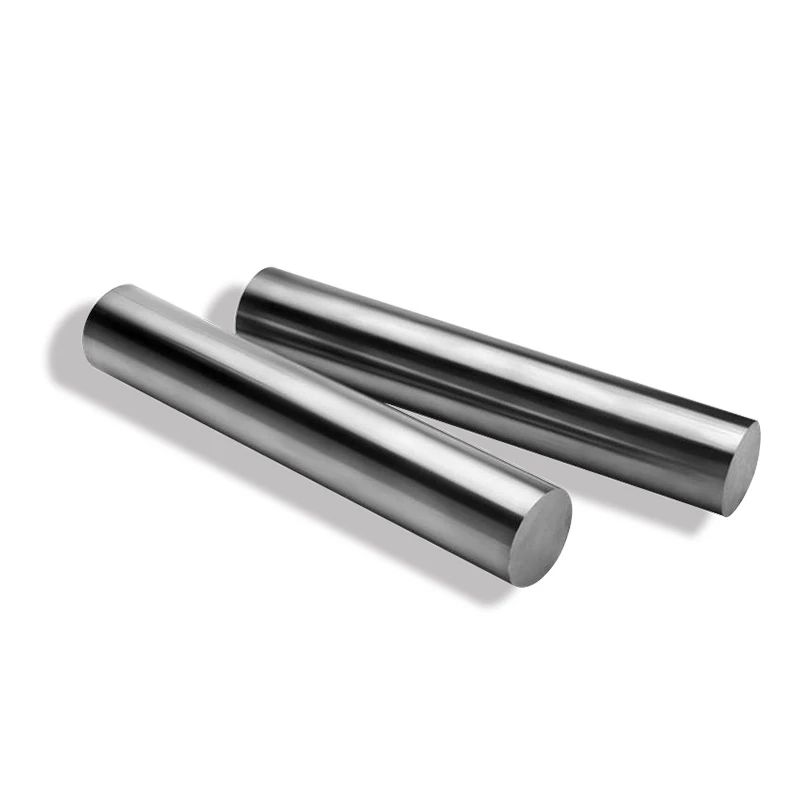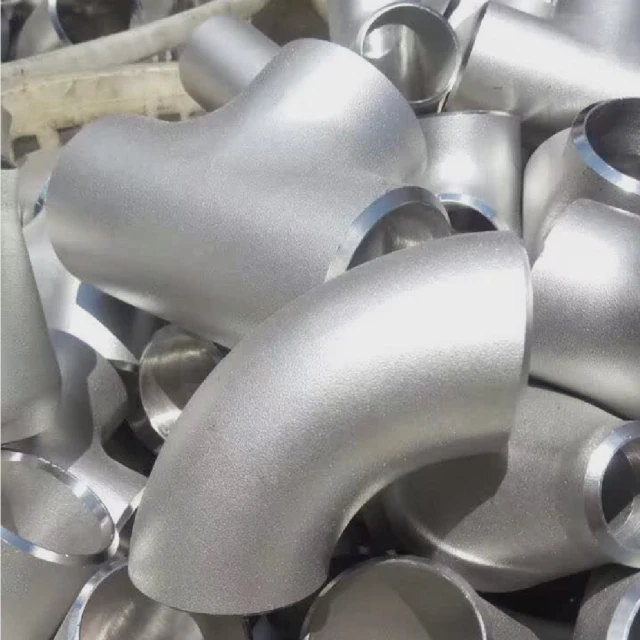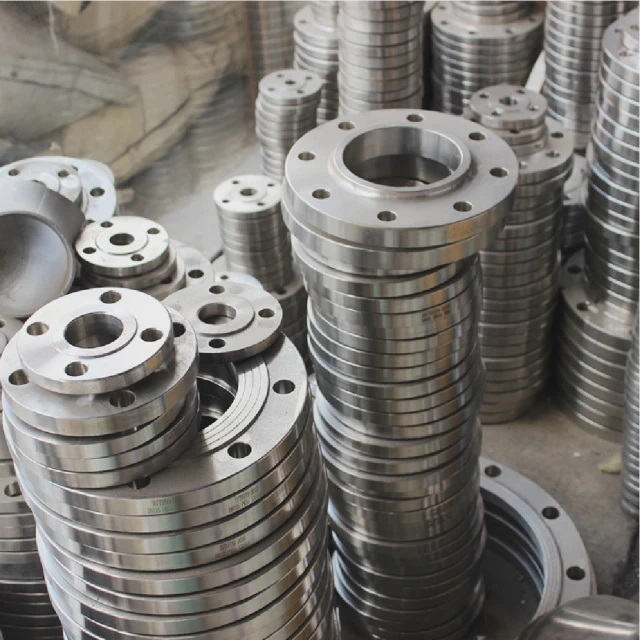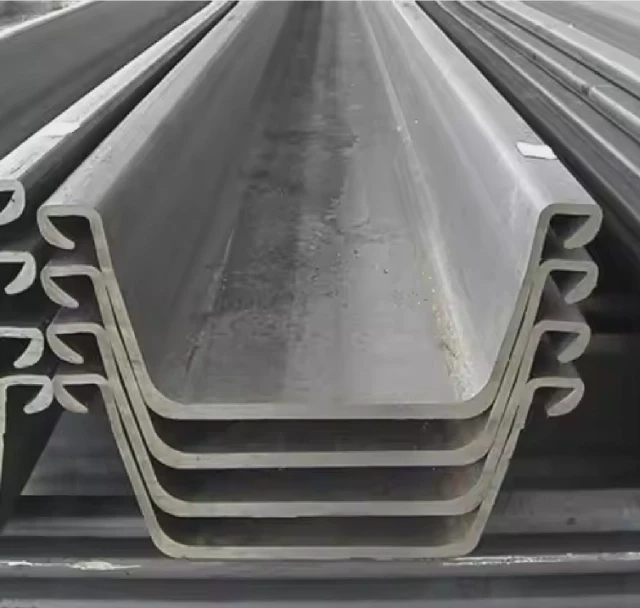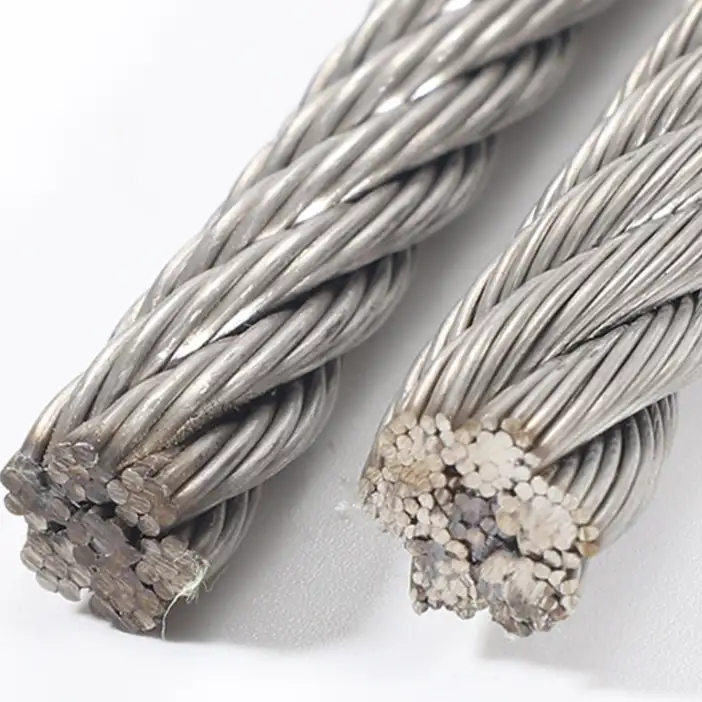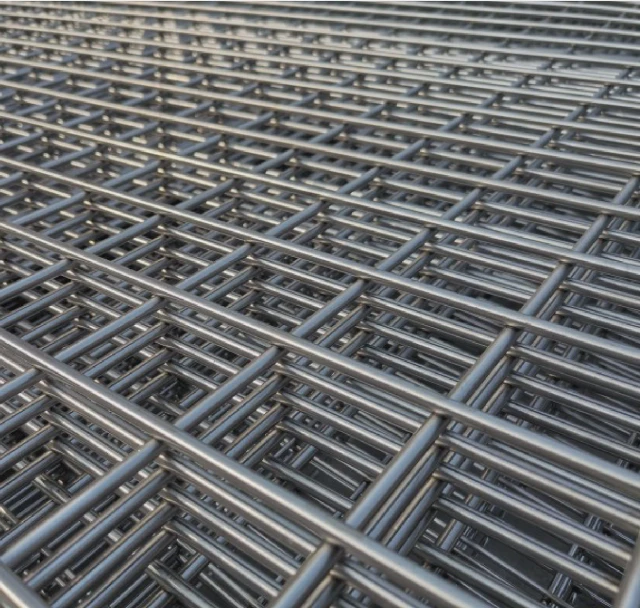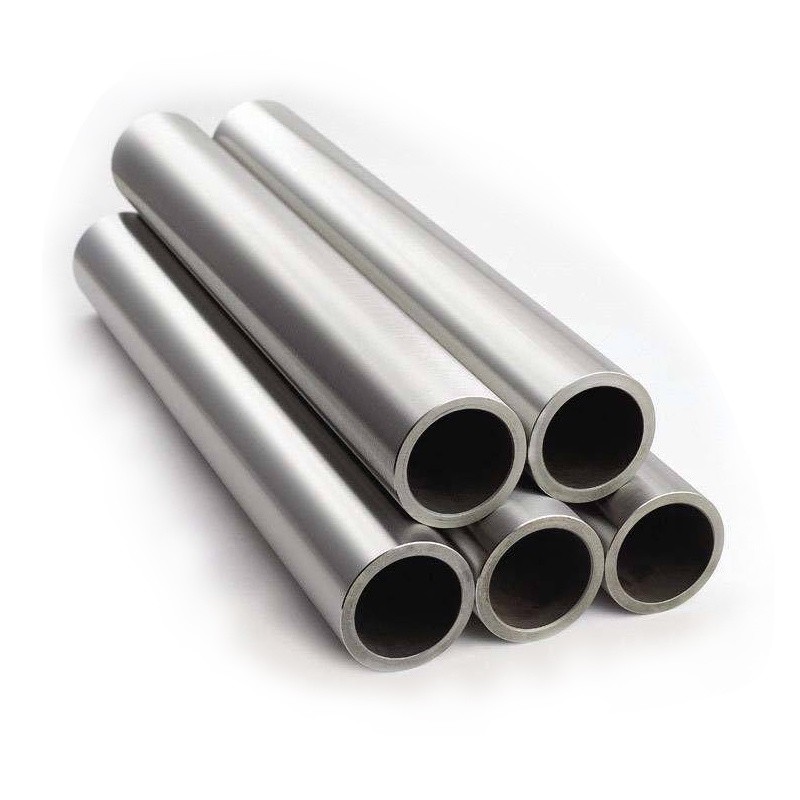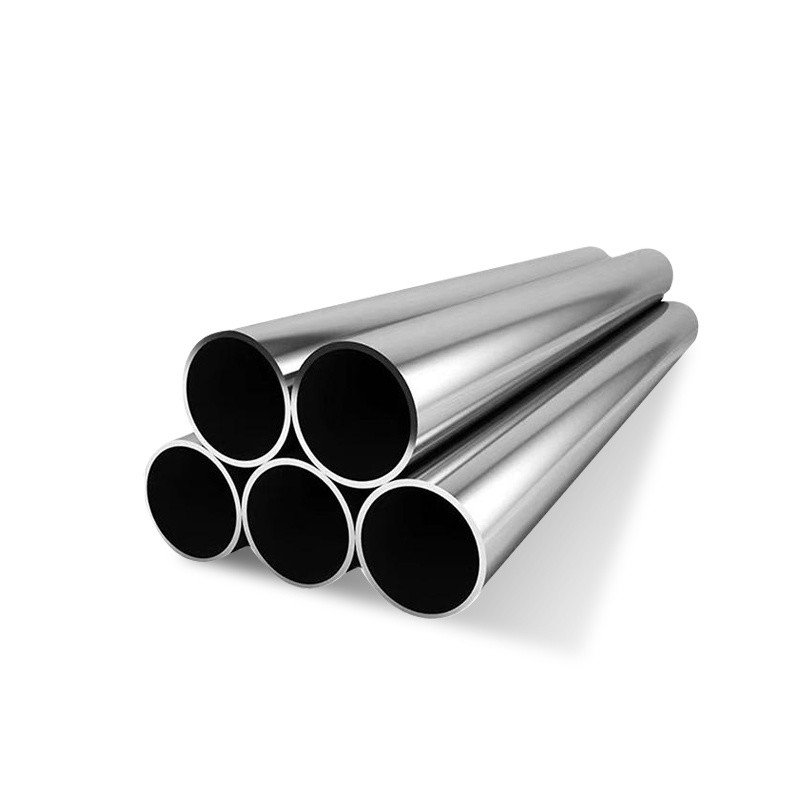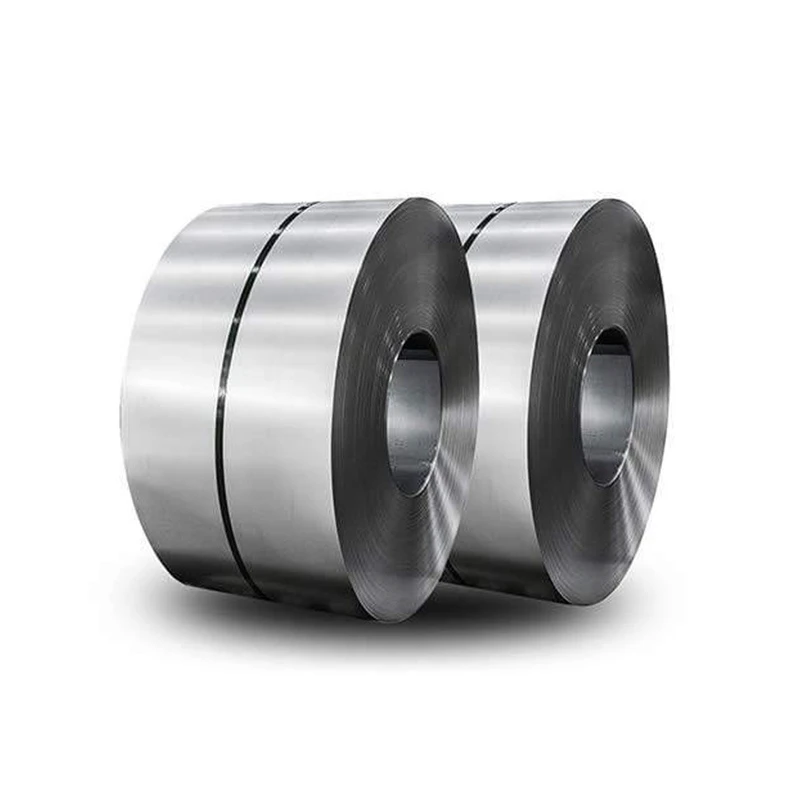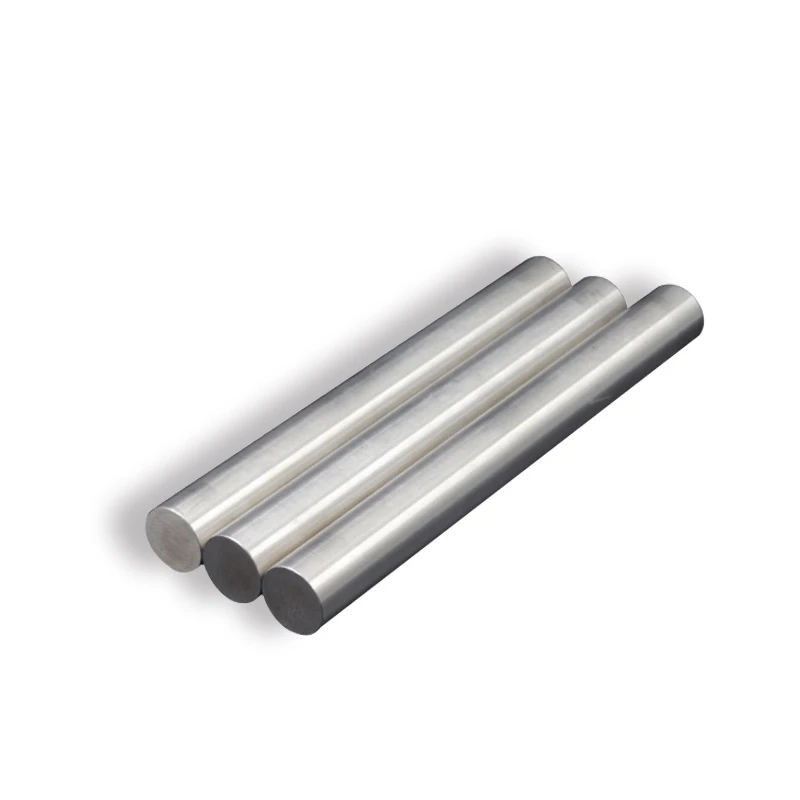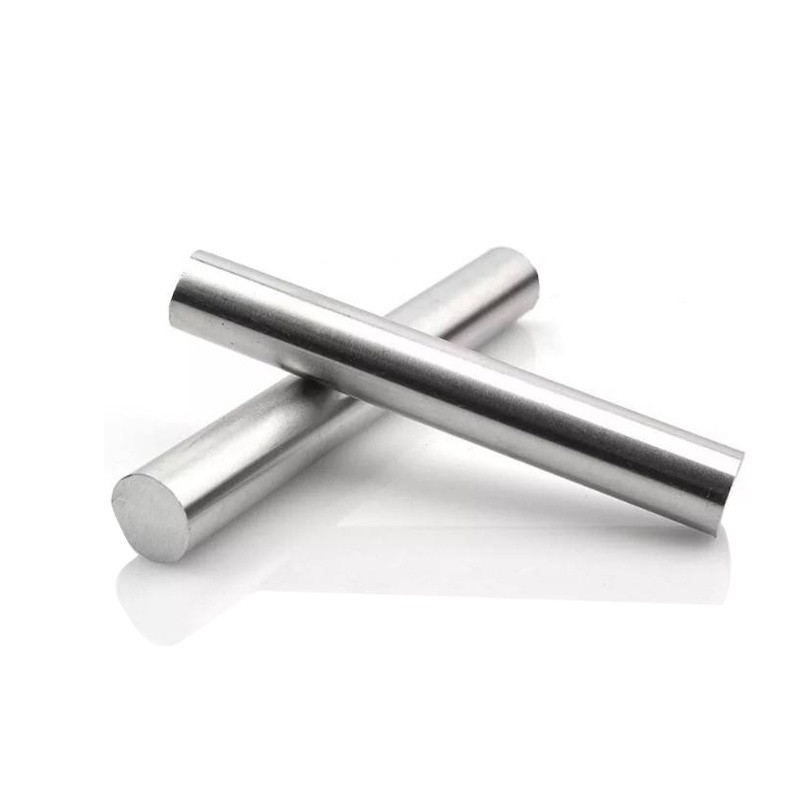
CATEGORIES
FEATURED PRODUCTS
301 Stainless Steel Bar
We offer this product and related grades with 100% factory direct pricing and free quotes available within 24 hours.
APPLICATION SCENARIOS

OUR ADVANTAGE

Certificate of Honor

PARTNER

Our Factory

At its core, 301 stainless steel is an austenitic chromium-nickel stainless steel renowned for its ability to attain high tensile strengths and hardness through cold working. Unlike some other stainless steel grades, 301 relies primarily on work hardening for its impressive mechanical properties, rather than heat treatment. This distinctive characteristic makes it a preferred choice for applications demanding high strength-to-weight ratios. We often refer to 301 as a "spring grade" due to its excellent elastic properties after cold rolling, allowing it to retain its shape and spring back even under significant deformation. But what truly sets it apart? Its unique chemical composition.
Chemical Composition: The Foundation of Performance
The performance of 301 stainless steel is intrinsically linked to its precise chemical makeup. We meticulously control the percentages of key alloying elements to ensure consistent quality and predictable behavior. Here’s a breakdown of the typical composition:
| Element | Weight (%) |
| Carbon (C) | 0.15 max |
| Manganese (Mn) | 2.00 max |
| Silicon (Si) | 1.00 max |
| Phosphorus (P) | 0.045 max |
| Sulfur (S) | 0.030 max |
| Chromium (Cr) | 16.00 - 18.00 |
| Nickel (Ni) | 6.00 - 8.00 |
| Nitrogen (N) | 0.10 max |
| Iron (Fe) | Balance |
The lower carbon content, compared to some other austenitic grades, contributes to its excellent weldability, though post-weld annealing might be necessary to restore full corrosion resistance in certain environments. We're often asked about the role of chromium and nickel. Indeed, chromium provides the primary corrosion resistance by forming a passive oxide layer, while nickel stabilizes the austenitic structure and enhances ductility.
Mechanical Properties: Strength Under Stress
The true prowess of 301 stainless steel bar lies in its mechanical properties, especially after cold working. We consider these properties crucial for engineers designing components that must withstand significant loads and repeated stress cycles.
| Property | Annealed Condition (Typical) | 1/4 Hard (Typical) | 1/2 Hard (Typical) | Full Hard (Typical) |
| Tensile Strength (MPa) | 515 min | 860 min | 1000 min | 1200 min |
| Yield Strength (0.2% Offset, MPa) | 205 min | 515 min | 690 min | 965 min |
| Elongation in 50mm (%) | 40 min | 25 min | 15 min | 10 min |
| Hardness (Rockwell B) | 92 max | 35-40 HRC | 40-45 HRC | 45-50 HRC |
| Modulus of Elasticity (GPa) | 193 | 193 | 193 | 193 |
It’s astonishing how much the strength can increase through cold work! For instance, a fully hard 301 bar can exhibit more than double the yield strength of its annealed counterpart. This work hardening capacity is what makes 301 so versatile for applications requiring high strength and resilience, from automotive components to intricate spring mechanisms. Have you considered the implications of this for miniaturization in your designs? We find that understanding these trade-offs between strength and ductility is key to successful product development.
Physical Properties: Behavior in Diverse Environments
Beyond mechanical strength, the physical properties of 301 stainless steel dictate its performance across a spectrum of temperatures and conditions. We recognize that these properties are essential for predicting its behavior in operational environments.
| Property | Value |
| Density (g/cm³) | 7.93 |
| Melting Range (°C) | 1398 - 1420 |
| Specific Heat (J/kg·K) | 500 (at 20°C) |
| Electrical Resistivity (µΩ·cm) | 72 (at 20°C) |
| Thermal Conductivity (W/m·K) | 16.2 (at 100°C) |
| Coefficient of Thermal Expansion (µm/m·°C) | 17.3 (0-100°C) |
The density is quite similar to other austenitic grades, which simplifies design calculations for weight-sensitive applications. Its relatively good thermal conductivity, while not as high as copper or aluminum, is still adequate for many heat transfer applications. What about its response to temperature fluctuations? Its coefficient of thermal expansion is comparable to other stainless steels, which is important to consider in assemblies involving dissimilar metals.
Corrosion Resistance: Enduring the Elements
We place a strong emphasis on the corrosion resistance of 301 stainless steel bar because, let's face it, materials need to perform reliably over time. While 301 offers good general corrosion resistance, it's generally considered less resistant than 304 or 316 in severely aggressive environments, particularly those involving chlorides. Why is this important? Because understanding these nuances prevents premature material failure.
It resists atmospheric corrosion, fresh water, and many mild chemical environments. However, in marine environments or highly acidic/alkaline solutions, we often recommend alternative grades or protective coatings. For instance, pitting corrosion can be a concern in chloride-rich solutions. We always advise careful evaluation of the operational environment to ensure optimal material selection.
Formability and Fabrication: Shaping Success
One of the standout features of 301 stainless steel bar is its exceptional formability. This attribute makes it highly desirable for applications requiring complex shapes and intricate designs. We often find that its ductility in the annealed condition allows for severe deep drawing, bending, and spinning operations.
- Cold Working: 301 exhibits a very high work-hardening rate. This means that as it's deformed, its strength increases significantly. This property is what allows us to produce bars in various temper conditions (e.g., 1/4 hard, 1/2 hard, full hard).
- Welding: It can be readily welded by all common fusion and resistance welding processes. We typically recommend using AWS E308L or E308 filler metals. However, the high carbon content can lead to sensitization (carbide precipitation) in the heat-affected zone, potentially reducing corrosion resistance. Therefore, post-weld annealing might be necessary for applications in corrosive environments.
- Machinability: While 301 can be machined, its high work-hardening rate can make it more challenging than some other grades. We often suggest slower speeds, heavier feeds, and sharp tooling to minimize work hardening during machining.
Applications of 301 Stainless Steel Bar: Where Strength Meets Versatility
The unique combination of high strength, formability, and corrosion resistance makes 301 stainless steel bar an indispensable material across a vast array of industries. We’ve seen it utilized in some truly ingenious ways.
- Automotive Industry: From body components to wheel covers and wiper blade clips, 301's ability to be cold-formed into complex shapes and its excellent strength-to-weight ratio are highly valued.
- Aerospace: Its strength and fatigue resistance are critical for aircraft structural components and rivets. We recognize the stringent demands of the aerospace sector, and 301 often meets these requirements with flying colors.
- Springs and Fasteners: This is where its "spring grade" reputation truly shines. We see it widely used for spring clips, spring washers, and various types of fasteners where resilient performance is essential.
- Railway Cars: The durability and corrosion resistance make it suitable for structural members and exterior panels in rolling stock. We've observed its long-term performance in challenging railway environments.
- Architectural Applications: While not as common as 304, 301 can be found in some architectural elements requiring both aesthetic appeal and structural integrity, such as decorative trim or load-bearing components.
- Kitchenware and Appliances: Its formability and corrosion resistance make it suitable for certain sinks, cutlery, and appliance components.
According to a report by Grand View Research, the global stainless steel market size was valued at USD 111.41 billion in 2023 and is expected to grow at a compound annual growth rate (CAGR) of 5.8% from 2024 to 2030, with significant contributions from the automotive and construction sectors where 301 is a key material.
301 vs. Other Stainless Steel Grades: A Comparative Analysis
When selecting a stainless steel, it's crucial to understand how 301 stacks up against its counterparts. We often find ourselves explaining the subtle yet significant differences.
| Feature / Grade | 301 Stainless Steel | 304 Stainless Steel | 316 Stainless Steel |
| Primary Strength Mechanism | Cold Work Hardening | Annealed Strength | Annealed Strength |
| Typical Nickel Content | 6-8% | 8-10.5% | 10-14% |
| Molybdenum Content | None | None | 2-3% |
| Corrosion Resistance | Good (Atmospheric, Mild) | Excellent (General) | Superior (Chloride, Pitting) |
| Formability | Excellent | Excellent | Very Good |
| Weldability | Good (Potential sensitization) | Excellent | Excellent |
| Cost (Relative) | Moderate | Moderate | Higher |
| Typical Applications | Springs, Fasteners, Automotive, Aerospace | Kitchen Sinks, Food Processing, Architectural | Marine, Chemical Processing, Medical Implants |
As you can see, each grade has its niche. While 304 is the general-purpose workhorse, and 316 is the champion of corrosion in harsh environments, 301 truly excels where high strength from cold working and good formability are the absolute priorities. We consider this a crucial distinction for optimal material specification.
Standards and Specifications: Ensuring Quality and Compliance
Adherence to industry standards is paramount to ensure the quality, consistency, and interoperability of 301 stainless steel bar. We strictly follow these established specifications to guarantee that our products meet the most rigorous demands.
- ASTM A276/A276M: This standard covers stainless steel bars and shapes for general use. It specifies the chemical and mechanical properties, as well as testing requirements. We rely heavily on this standard for raw material procurement and finished product verification.
- ASTM A666: Specifically for annealed or cold-worked austenitic stainless steel sheet, strip, plate, and flat bar. While our primary focus is bar, understanding this standard helps us ensure material consistency across various product forms.
- AMS 5517 (Aerospace Material Specification): For aerospace applications, this specification details the requirements for 301 stainless steel sheet, strip, and plate. We ensure our processes align with such stringent aerospace requirements when supplying to this sector.
- EN 10088-3: This European standard specifies the technical delivery conditions for semi-finished products, bars, rods, wire, sections, and bright products of corrosion-resisting steels for general purposes. We understand the importance of international standards for global markets.
We ensure that every batch of 301 stainless steel bar we produce or supply conforms to these recognized standards, providing our customers with confidence in its performance and reliability. Would you like to delve deeper into any specific standard?
Maintenance and Care: Maximizing Longevity
While 301 stainless steel is inherently durable, proper maintenance and care can significantly extend its lifespan and maintain its aesthetic appeal. We always advise our clients on best practices.
- Cleaning: Regular cleaning with mild soap and water is usually sufficient to remove surface dirt and grime. For more stubborn stains, non-abrasive cleaners specifically designed for stainless steel are recommended. Avoid abrasive pads or harsh chemicals that could damage the passive layer.
- Preventing Contamination: Contact with carbon steel tools or surfaces can lead to "free iron" contamination, which can cause surface rust. We recommend dedicated stainless steel tools and clean work environments.
- Surface Finish: The surface finish can impact corrosion resistance and ease of cleaning. A smoother finish generally offers better resistance and is easier to maintain.
Maintaining the passive layer is crucial for sustained corrosion resistance. We recognize that neglected stainless steel can still corrode, even though it's "stainless."
Environmental Impact and Sustainability
We are increasingly aware of the environmental footprint of our materials. Stainless steel, including 301, offers significant sustainability advantages.
- Recyclability: Stainless steel is 100% recyclable, and a significant portion of new stainless steel production comes from recycled scrap. This reduces the demand for virgin raw materials and minimizes waste.
- Durability and Longevity: Its long service life reduces the need for frequent replacement, thereby conserving resources and energy associated with manufacturing new products.
- Low Maintenance: The inherent corrosion resistance often means less need for protective coatings or treatments, which can contain harmful chemicals.
We actively promote the use of recycled content in our products wherever feasible, contributing to a more circular economy. For instance, the International Stainless Steel Forum (ISSF) reports that the global average recycled content in stainless steel production is approximately 80%.
Frequently Asked Questions (FAQs)
We often encounter common questions about 301 stainless steel bar. Here are some of the most frequent inquiries we receive:
- Is 301 stainless steel magnetic? In its annealed condition, 301 stainless steel is non-magnetic. However, due to its high work-hardening rate, it can become significantly magnetic after cold working (e.g., in a 1/2 hard or full hard temper). This is due to the formation of martensite during deformation.
- Can 301 stainless steel be heat treated for hardening? No, 301 stainless steel is an austenitic grade and cannot be hardened by conventional heat treatment (quenching and tempering). Its strength is primarily achieved through cold working. Annealing is used to soften the material for further processing.
- What is the difference between 301 and 304 stainless steel in terms of strength? In the annealed condition, 301 and 304 have similar tensile and yield strengths. However, 301 has a much higher work-hardening rate. This means that after cold working, 301 can achieve significantly higher tensile and yield strengths than 304.
- Is 301 suitable for marine environments? While 301 offers good general corrosion resistance, it is generally not recommended for direct exposure to severe marine environments or chloride-rich solutions due to its susceptibility to pitting corrosion. For such applications, 316 or specialized marine grades are preferred.
- What finishes are available for 301 stainless steel bar? 301 stainless steel bar can be supplied in various finishes, including hot-rolled, pickled, cold-drawn, centerless ground, and polished. The choice of finish depends on the application's aesthetic and functional requirements.
- Does 301 stainless steel rust? While it is "stainless," it is not entirely impervious to rust. Under certain conditions, such as prolonged exposure to harsh environments, chloride attack, or surface contamination, 301 stainless steel can exhibit surface discoloration or rust. Proper cleaning and maintenance are essential.







